Creating a daily schedule for children provides them with structure. This gives them a sense of comfort and security, knowing that they have a predictable routine. It helps to know what to expect and what is going to happen next.
The perfect daily routine for a 4 year old can vary greatly. However, there are activities that are needed by almost every child. The following schedule is an ideal daily routine that can be used as a guide by any parent with a 4-year-old child.
- 7 AM – Wake up
- 8 AM – Breakfast
- 9 AM – Get dressed
- 9:30 AM – Independent play
- 10:30 AM – Free play
- 12 PM – Lunch
- 1 PM – Quiet time
- 3 PM – Free play
- 5 PM – Dinner
- 6 PM – Bath and bedtime routine
- 7 PM – Bedtime
This article will describe the different focuses of daily routines. It will also discuss in-depth the most common and effective daily schedule for a 4-year-old child. Lastly, it will describe some tips on creating a daily routine for your 4-year-old.
The Focus of Daily Routines For 4 Year Olds
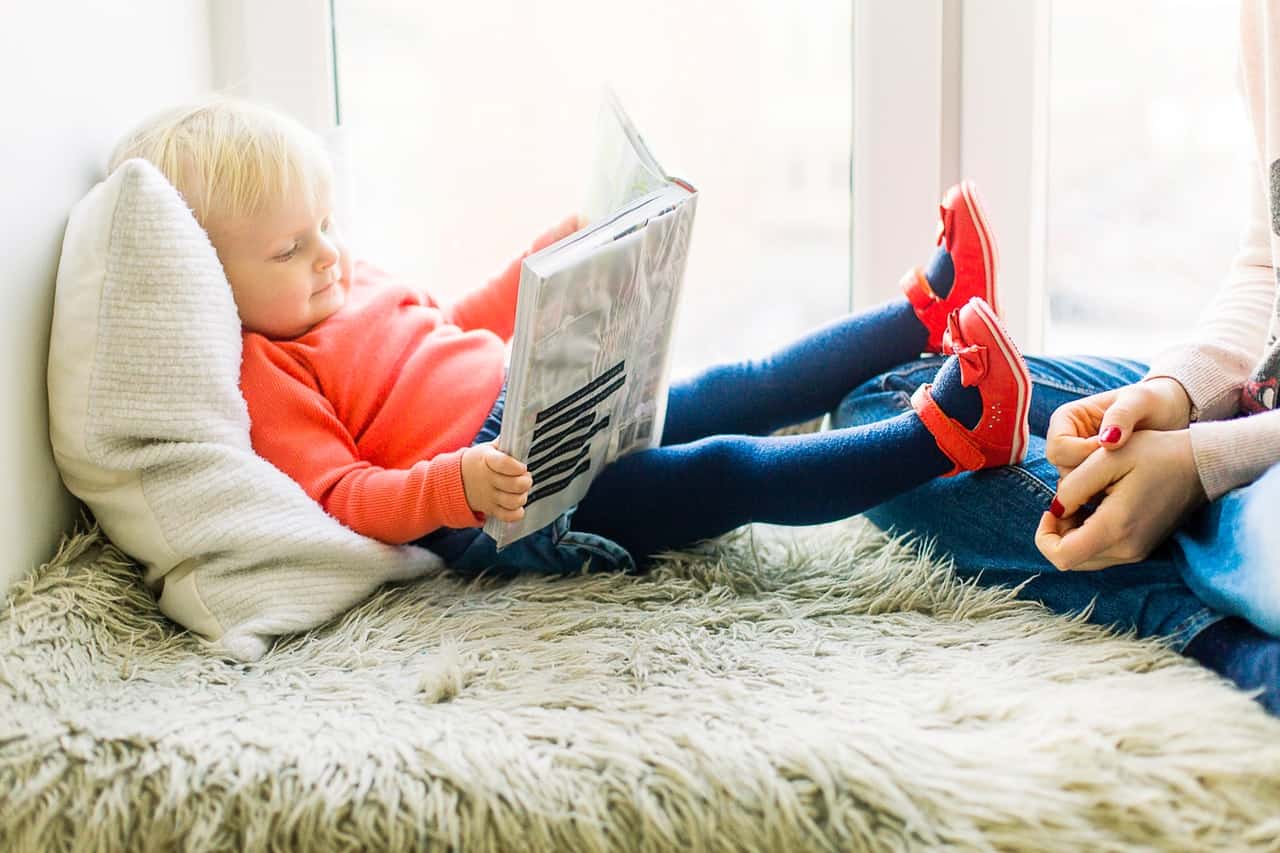
During the preschool age, parents differ with what consist the daily routines they set up for their child. Some want to focus on school preparations and learning how to read. Others, meanwhile, still prefer to let their child have as much play as possible.
Finding the right balance is key to having a child who is smart, yet still enjoys his playtime like any other child. A consistent daily routine can give this balance that a pre-schooler needs.
Breakdown of Daily Schedule for a 4-Year-Old Child
The following breakdown of schedule is intended to be approximate times. It can be used as a guide, but parents have to remember that they also need to be flexible according to their own family’s needs. Routines do not need to be rigid, but consistent, to be effective.
7 AM – Wake Up
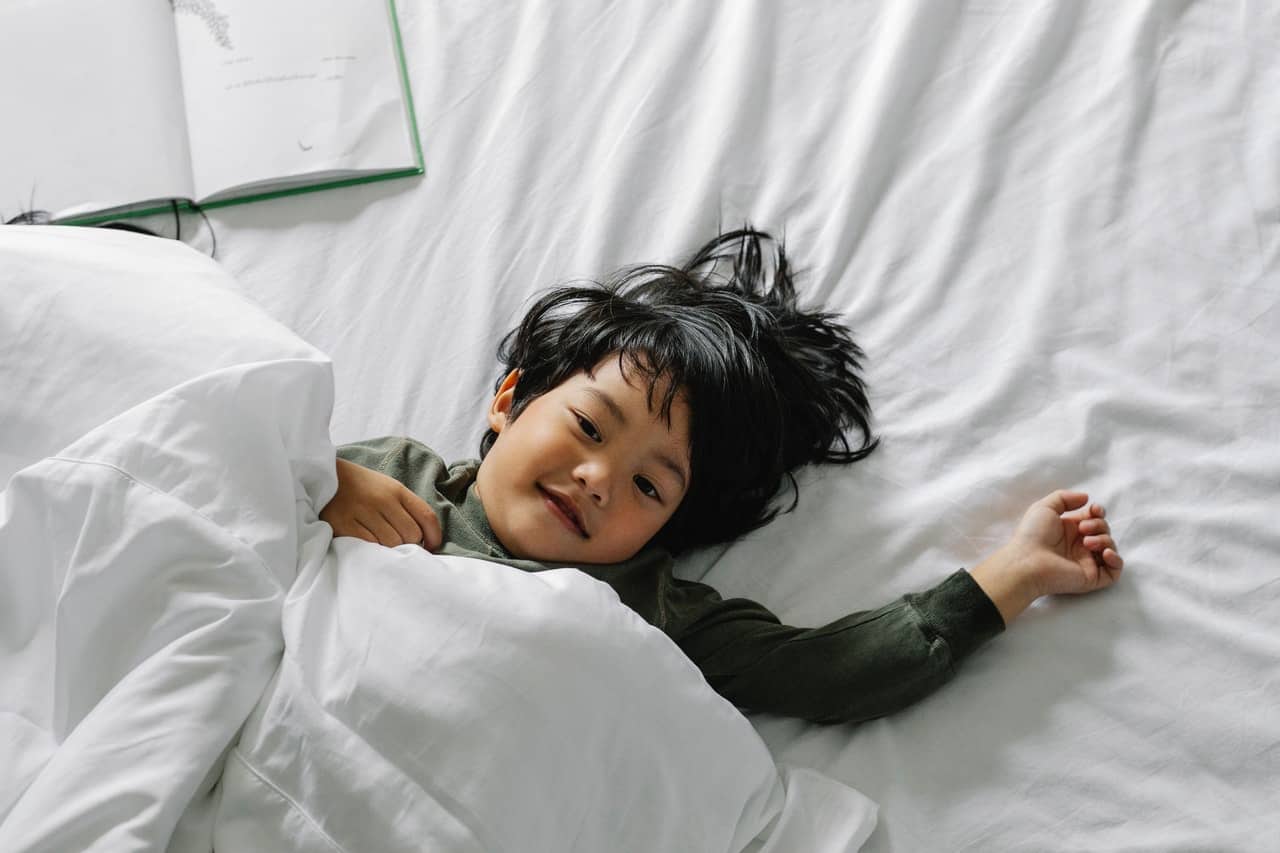
If a child wakes up earlier than 7 am, he may have to be instructed not to come out of his room until a parent comes to get him.
A toddler clock can help with setting this routine. A child must not go out until the clock has shown the right color. An exception may be provided, such as when use of the bathroom is needed.
8 AM – Breakfast
During breakfast, a pre-schooler can learn about responsibility. Parents can start by teaching their child to pour cereal and milk for himself, for example.
9 AM – Get Dressed
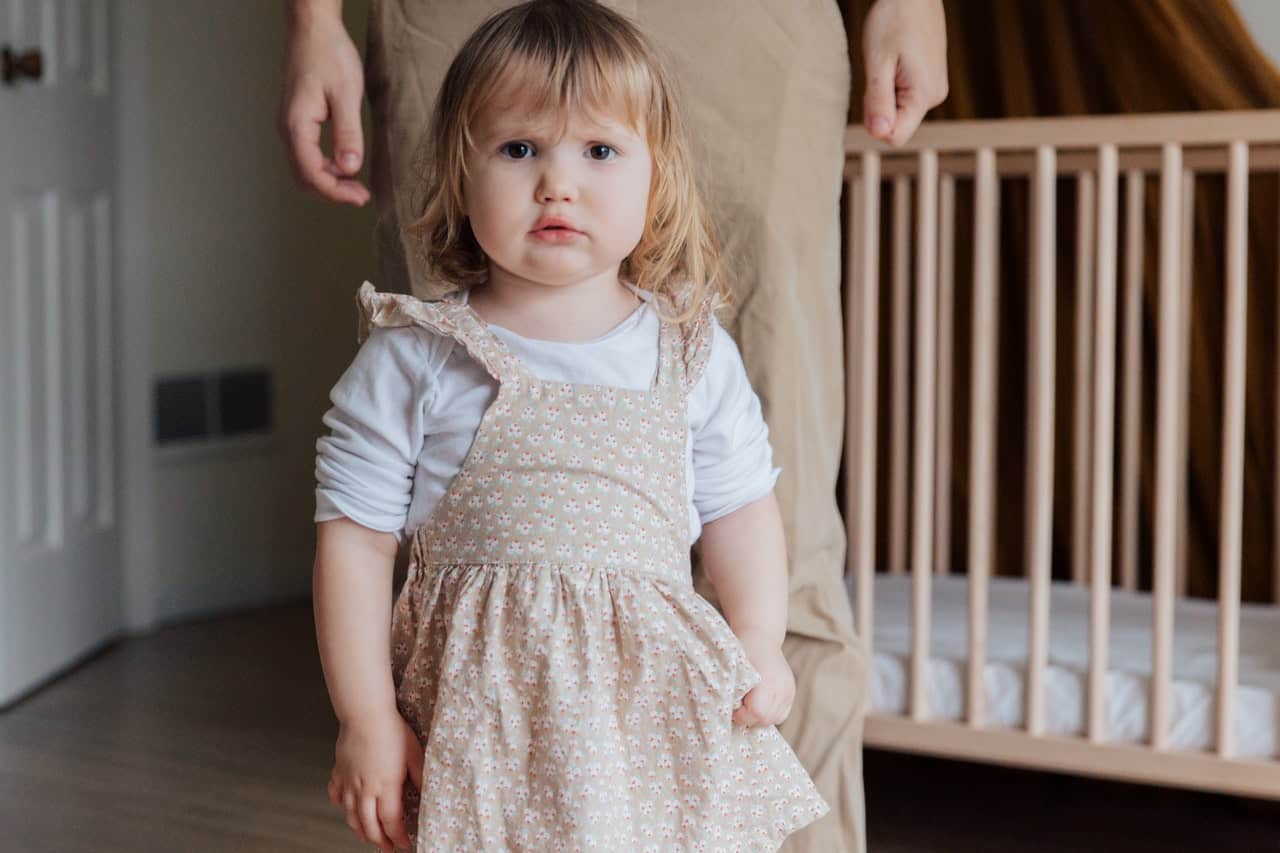
After breakfast, a child can get dressed and be ready for the day. A 4-year-old child is well able to choose his own clothes. This is also the best time to practice how to get dressed on his own.
After getting dressed, a morning routine can be practiced. This could include having your child make his bed, brush his teeth and comb his hair. Give only minimal supervision and intervene only when needed.
9:30 AM – Independent Play
Children can be taught to play on their own inside their own rooms. This can help parents have time to do other things.
Independent play is also important for two other reasons. First, it helps a child spend some time alone and learn independence and how to be content by himself. Second, it also helps to provide some much-needed space, especially for the introvert child.
10:30 AM – Free Play
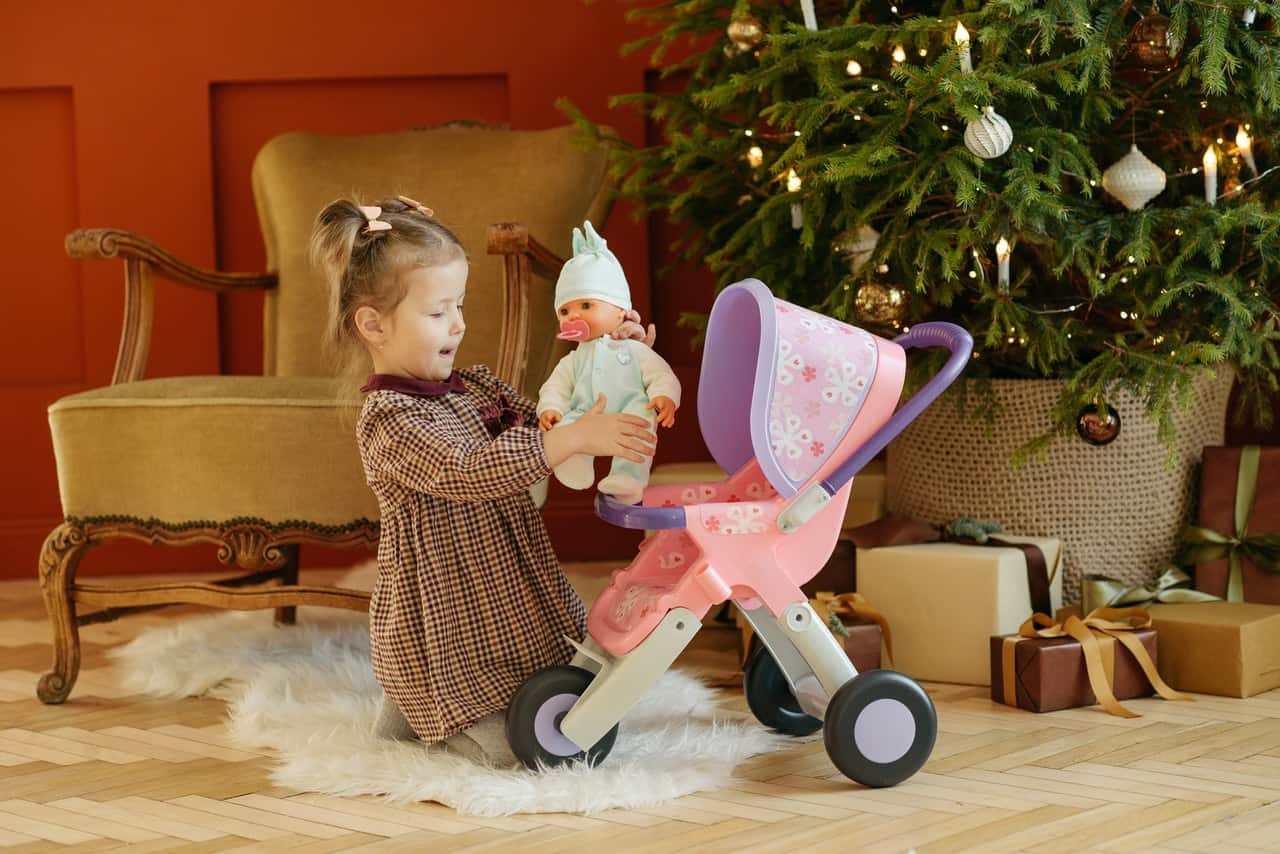
Through playing is how children learn best. During this time, children can play outside if the weather permits. Or they can also play inside the home with some great activities, like the following:
- Play doh
- Coloring
- Art projects
- Letter and number writing
- Legos
- Dolls
- Make believe play
Playing together with other children allows them to practice how to share and interact with one another. After playing, another good routine to establish is cleaning up of toys.
12 PM – Lunch

Lunch time is very important. Kids who are hungry are cranky kids. Having lunch on time, at a considerably same schedule every day, can minimize tantrums and meltdowns.
A simple pre-meal routine can go as follows:
- Washing of hands
- Sitting on their proper chair at the table
- Praying before meals
Household chores can also be incorporated into routines, like clearing of plates and putting them on the sink.
1 PM – Quiet Time
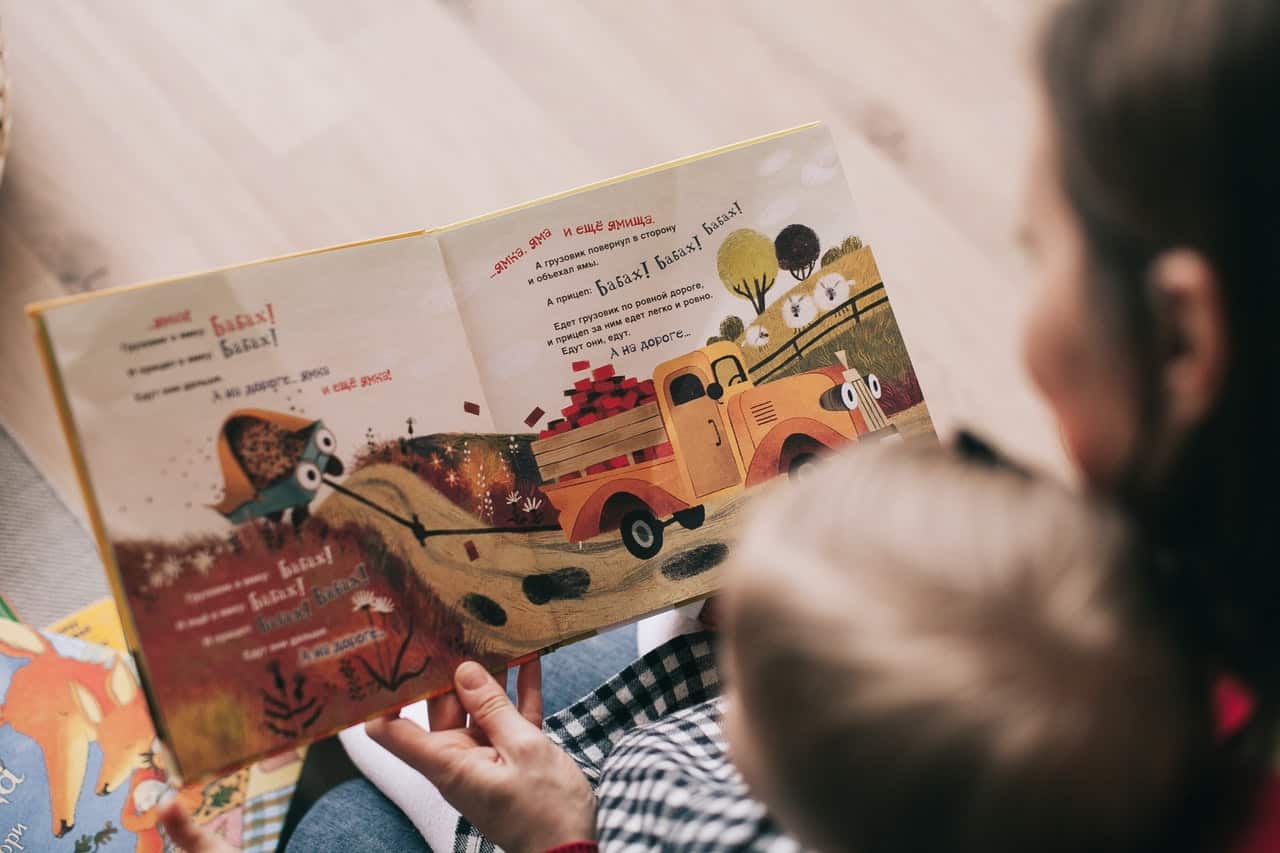
Reading books and listening to music is perfect to wind down a 4-year-old child’s energy. Reading is educational, relaxing and fun. Listening to or playing music will foster natural curiosity and love of music.
Quiet time is important for a child to get his needed rest if he is no longer taking a nap. If he suddenly needs to take a nap, quiet time is still the best way to ease into the nap. Other activities for quiet time include listening to an audiobook or playing with an iPad educational game.
3 PM – Free Play

After some quiet time or nap is the best time for children to go back to play. Whichever is more appropriate for the day’s circumstances, kids may play outdoors with their scooters or bikes, sandbox, create bubbles, or write with chalk on the sidewalk; or they can also watch TV indoors. This time can be used by parents for dinner preparations.
5 PM – Dinner
Dinner time should be family time. As much as possible, dinner should be eaten together at the table every night. Table manners can also be emphasized and practiced during this time.
6 PM – Bath and Bedtime Routine
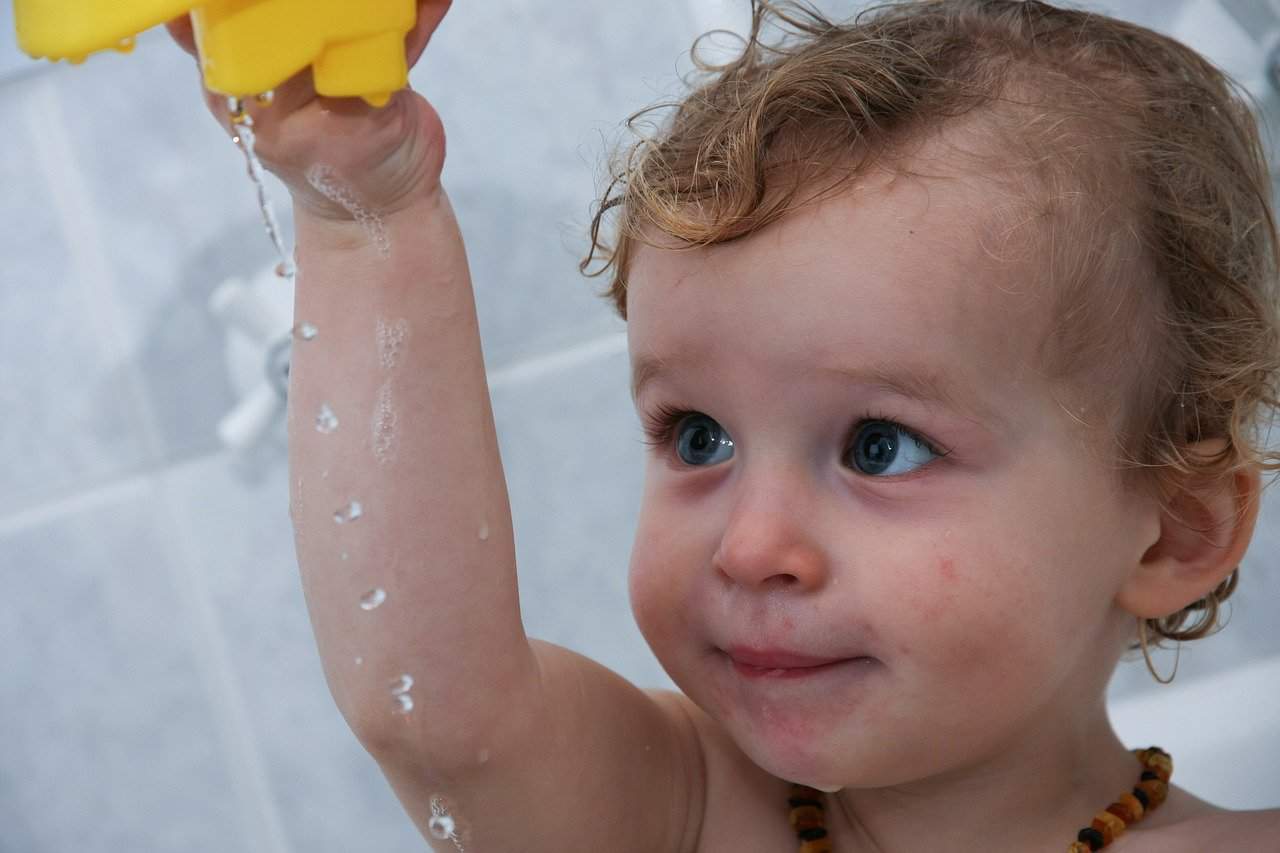
After dinner, a bath can be provided, followed by a bedtime routine. A simple bedtime routine can go as follows:
- Brushing of teeth
- Going to the potty
- Drinking water or milk
- Putting on pajamas
- Praying
- Hugs and kisses
- Getting tucked in
- Lights out
7 PM – Bedtime
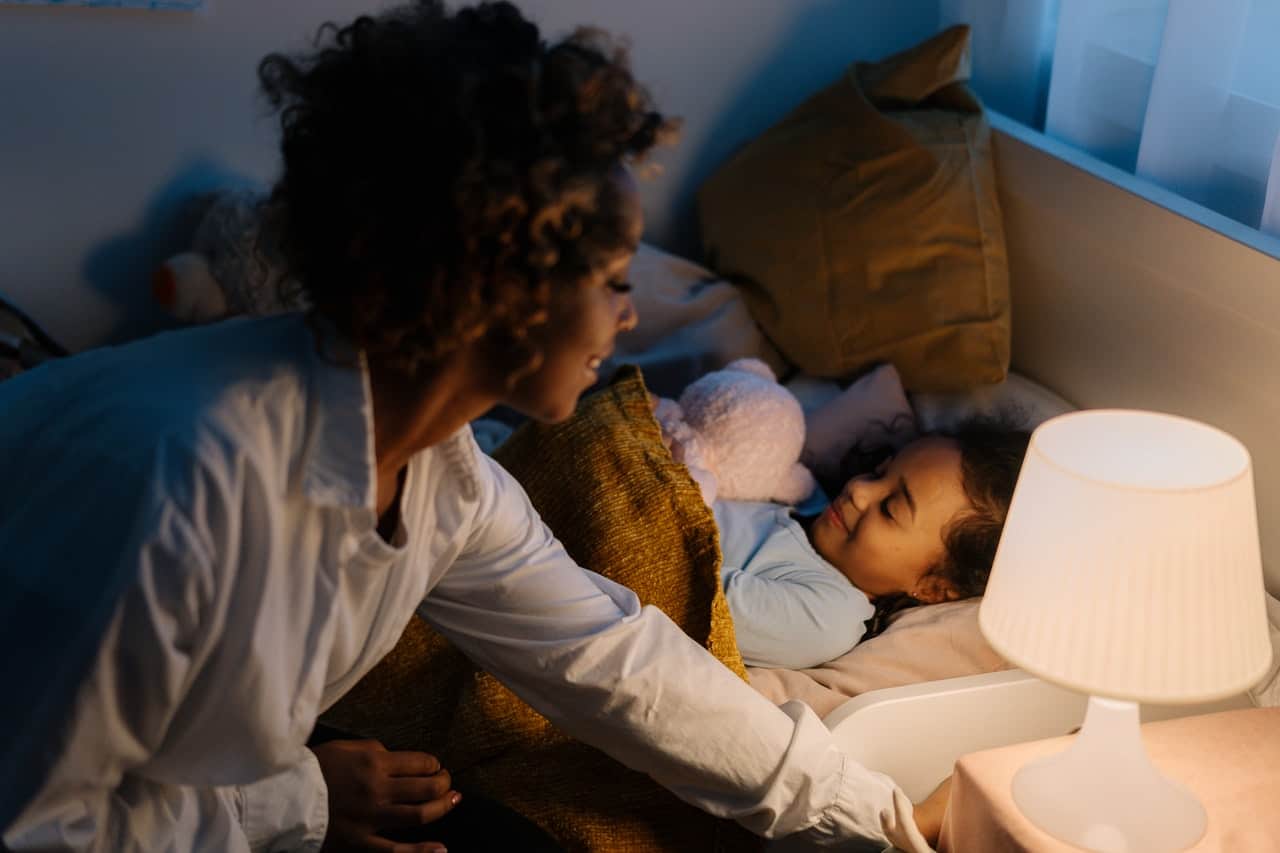
Bedtime for the kids means parents can finish any work left to be done and start preparing for the next day.
Tips for Creating a Daily Routine for Your 4-Year-Old
The following tips are helpful in creating a new and effective daily routine.
Get Kids Involved
Let children be involved in the creation of a routine. Let all the parties, including the kids, have a say and agree to the set schedules. This could even be a good activity after breakfast, to review the schedules as a family.
Use Picture Cards
Using images to indicate a routine is very effective. Pictures of specific activities for the day can be printed and labeled then placed in order of the routine. This can serve as a reminder for children and helps them become more independent.
Things that need to be done and can be placed in picture cards are as follows:
- Eating breakfast
- Brushing teeth
- Washing face
- Combing hair
- Getting dressed
- Putting shoes on
Screen Time
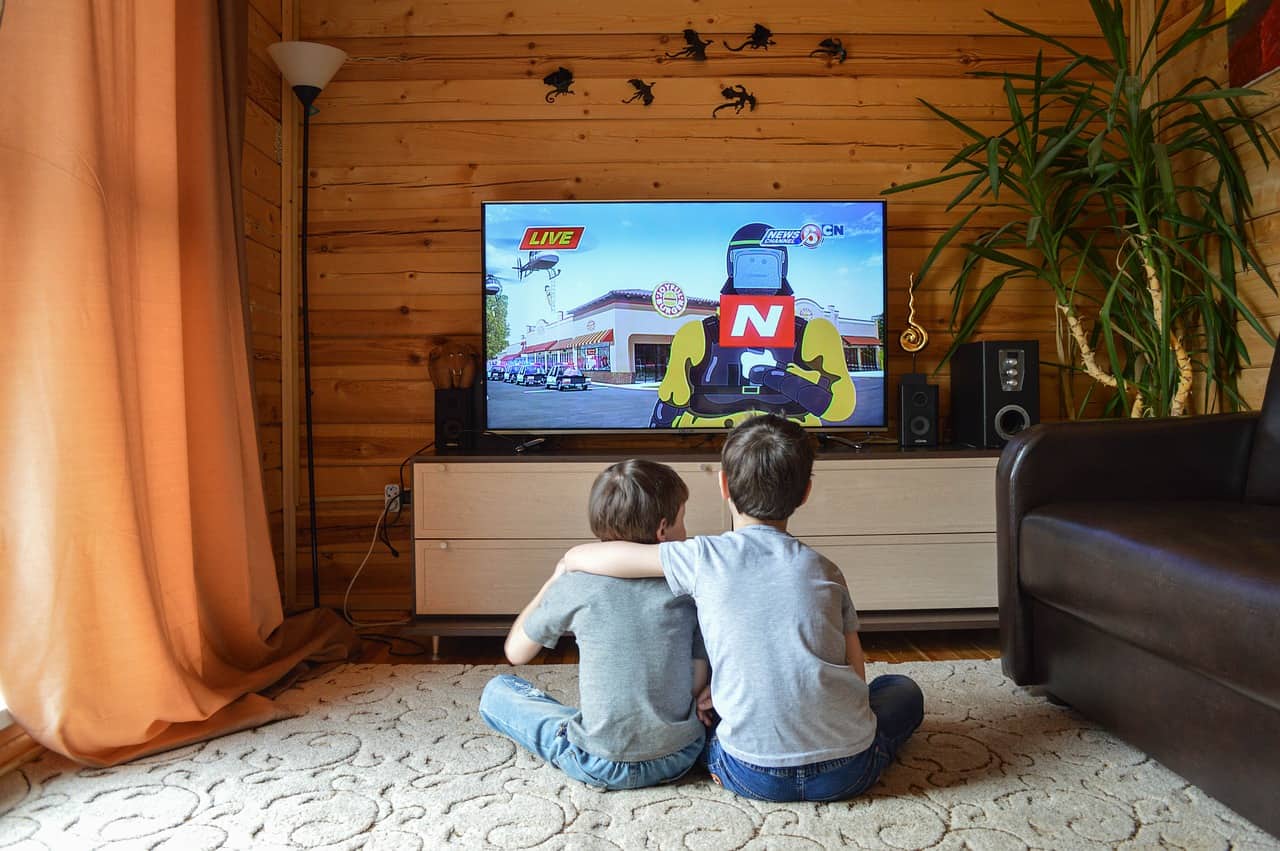
Parents will have different views and philosophies regarding screen time. Educational shows and games are readily available nowadays, and can be allowed with reasonable limits.
Have Back-up Activities Ready
When unexpected things happen, having a back-up activity to keep a child occupied can save the day. Arts and crafts, virtual field trips, or puzzles can be handy in these situations.
Remain Calm
When trying to create a new routine, it is important for parents to remain calm. Children can sense when their parents are rushed, and they will resist the set schedule for them. Remaining focused and avoiding getting yourself frustrated can help children ease into any routine.
Final Thoughts
A daily routine can help bring order into the home. However, there is no one schedule that will be effective for all families. Staying flexible, being realistic about what needs to be done, and balancing family time with play, meal and rest times are the ultimate goal in developing the perfect routine for your 4-year-old child.